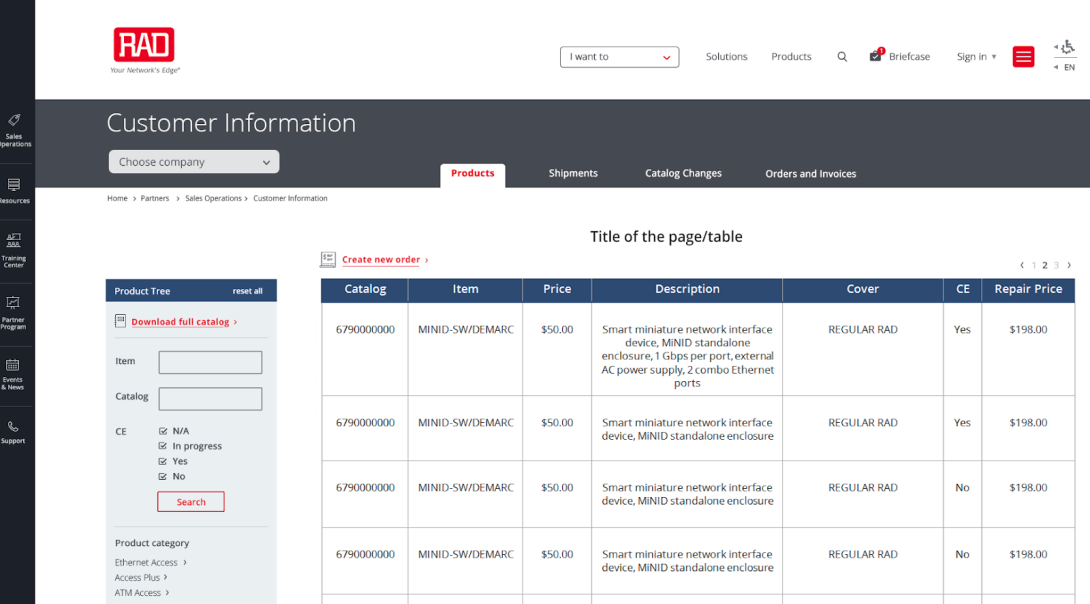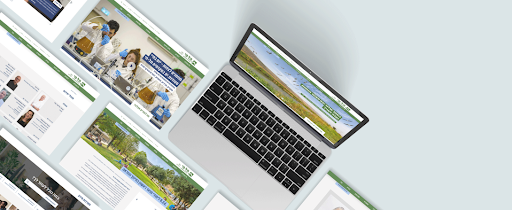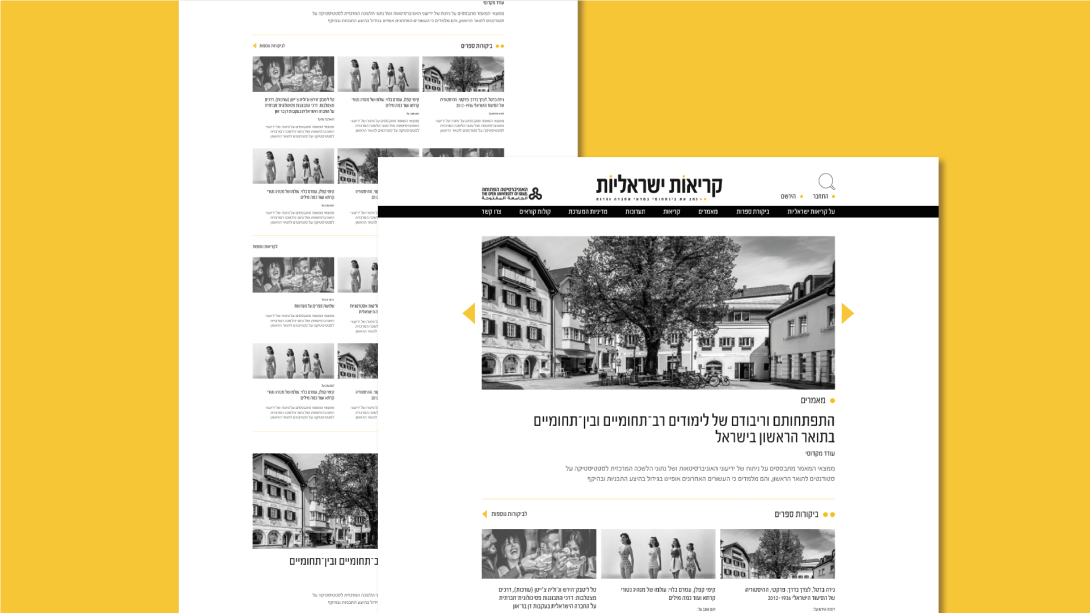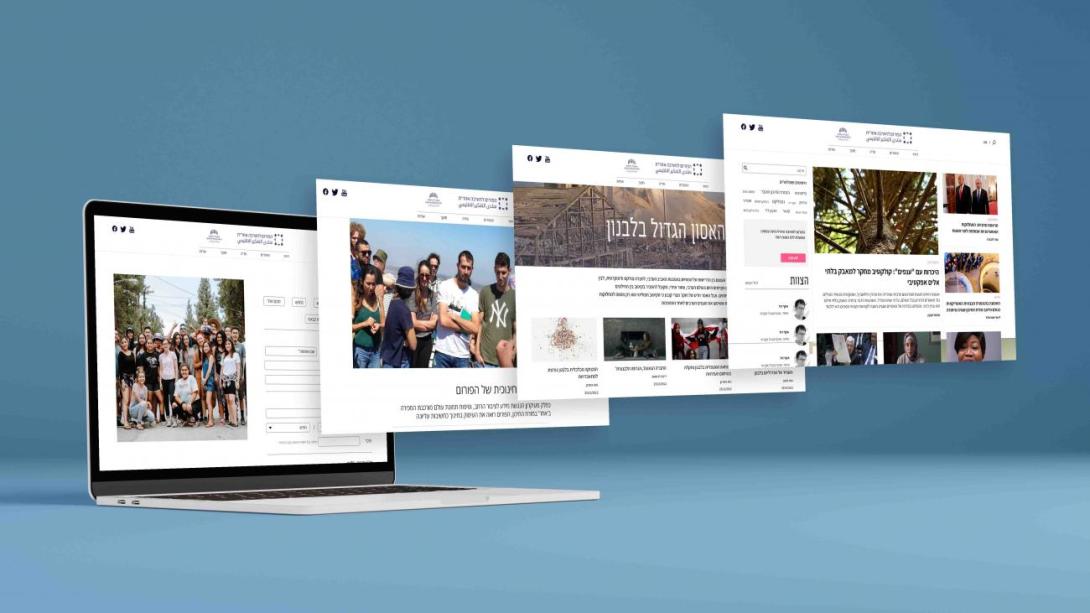UI Design
The User Interface (UI) Design Process
Follows the UX design phase and focuses on creating the visual and interactive elements of the product or system.
Key Steps in UI Design:
-
Design Objectives:
Define the goals and requirements of the UI design based on insights from the research and UX definition phases. -
Style Guide – Visual Language & Branding:
A visual guide that outlines the design principles, color palette, typography, iconography, and other visual elements. This ensures a consistent look and feel throughout the entire interface. -
Layouts & Wireframes:
Refine the UX wireframes or prototypes into more detailed UI layouts. This includes designing specific interface components like buttons, forms, navigation menus, and content blocks to create an engaging and user-friendly interface. -
Interactive Elements:
Design interactive components such as buttons, links, dropdown menus, and other UI controls. It’s important to define their appearance in different states—like hover, active, disabled, etc.—to ensure a smooth and intuitive user experience. -
Visual Design:
Apply the visual language and style guide to the actual interface. This brings the product’s look and feel to life, aligning with the brand identity and user expectations. -
Responsive Design:
Ensure the interface adapts smoothly to different screen sizes and devices—mobile phones, tablets, and desktops—so that users have a consistent experience across platforms.
Throughout the UI design process, collaboration and communication between designers, developers, and stakeholders are essential to creating a cohesive and effective interface. Regular feedback and iteration are also key to refining the design until it meets the desired visual and interaction standards.








